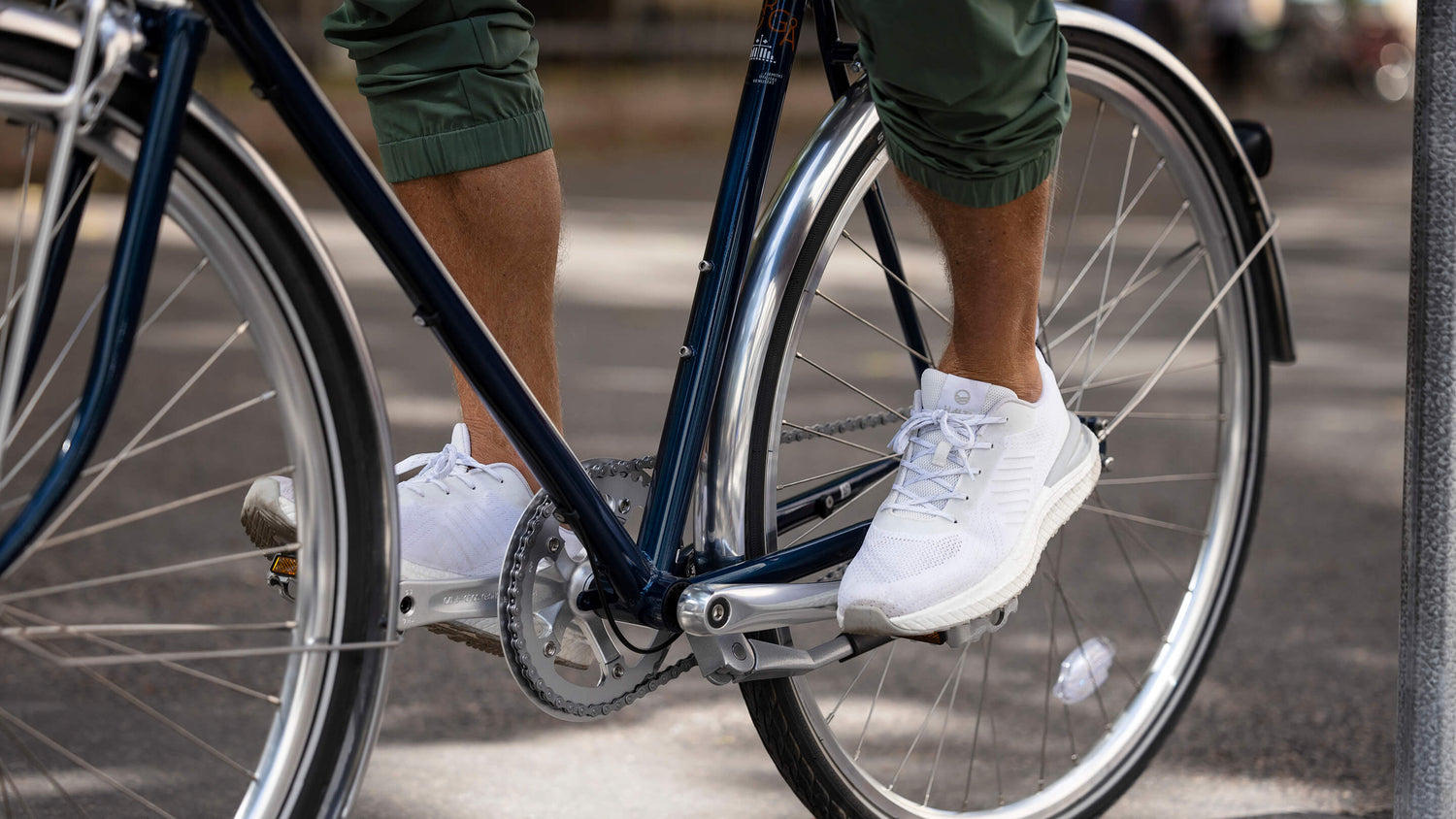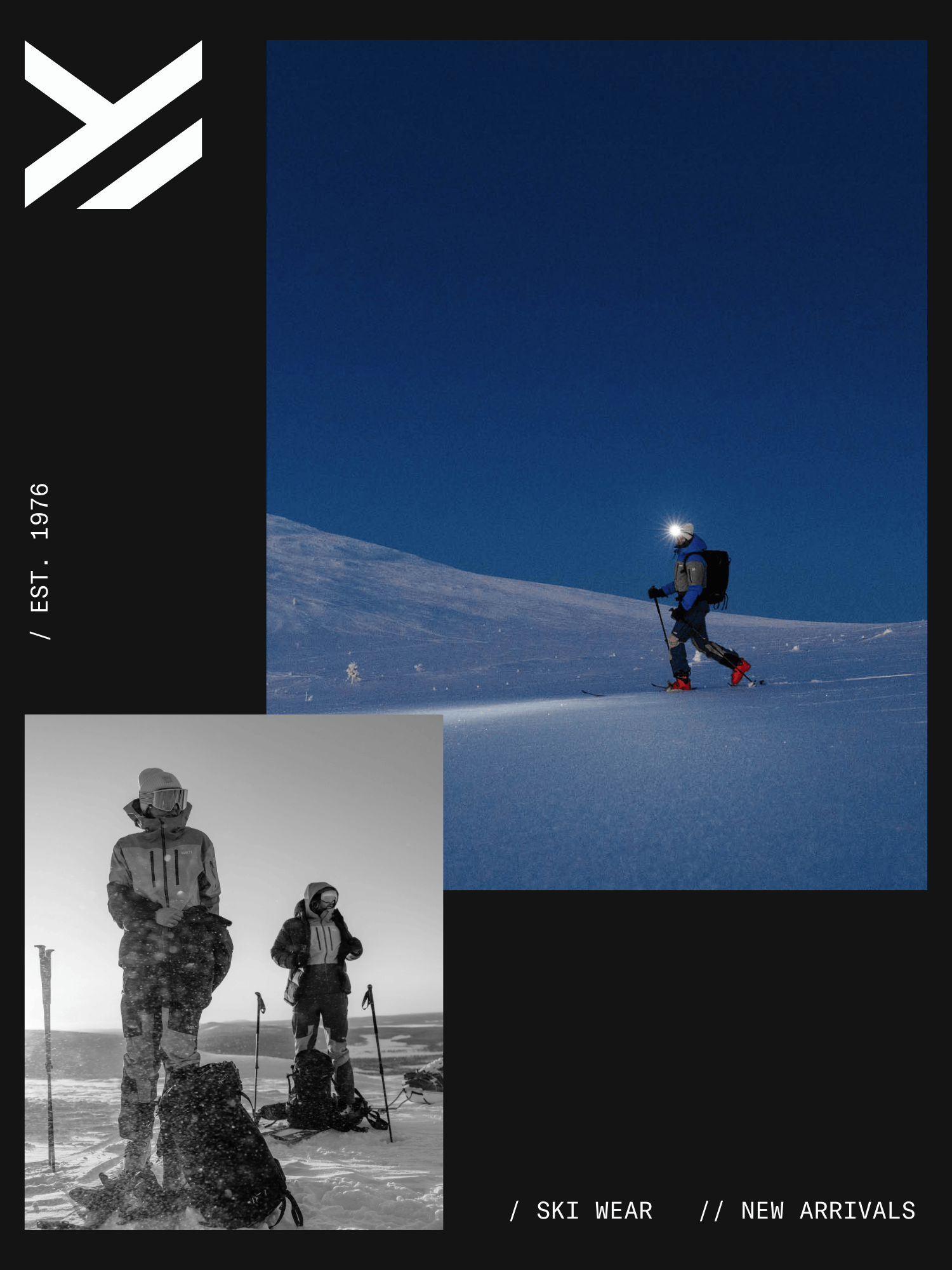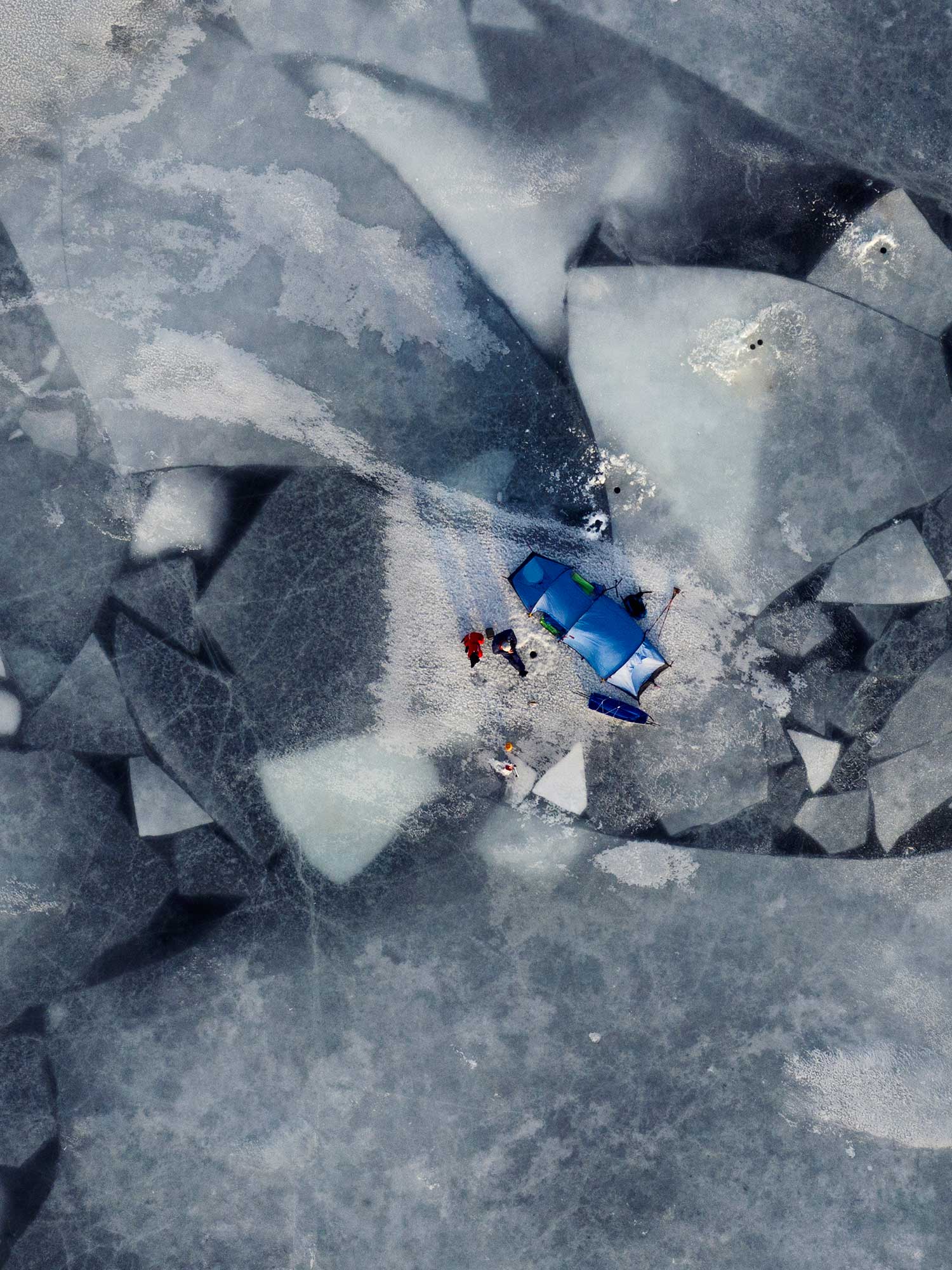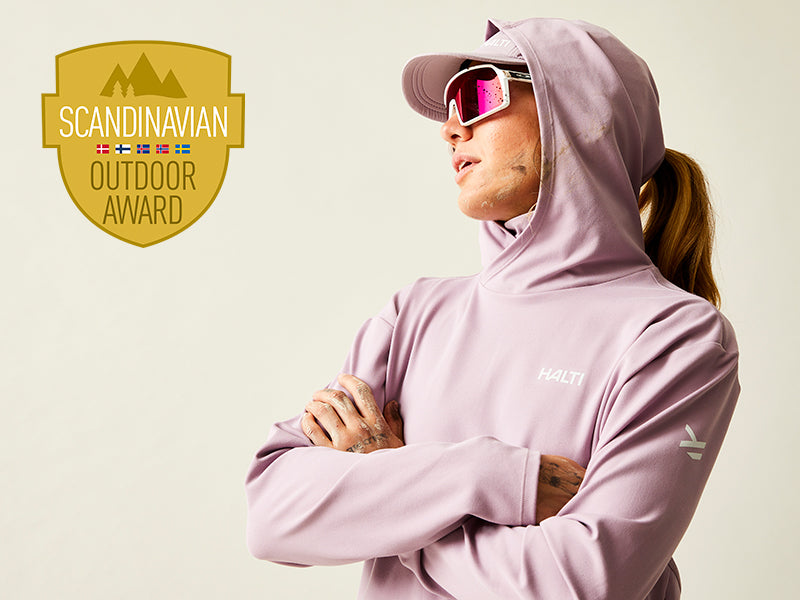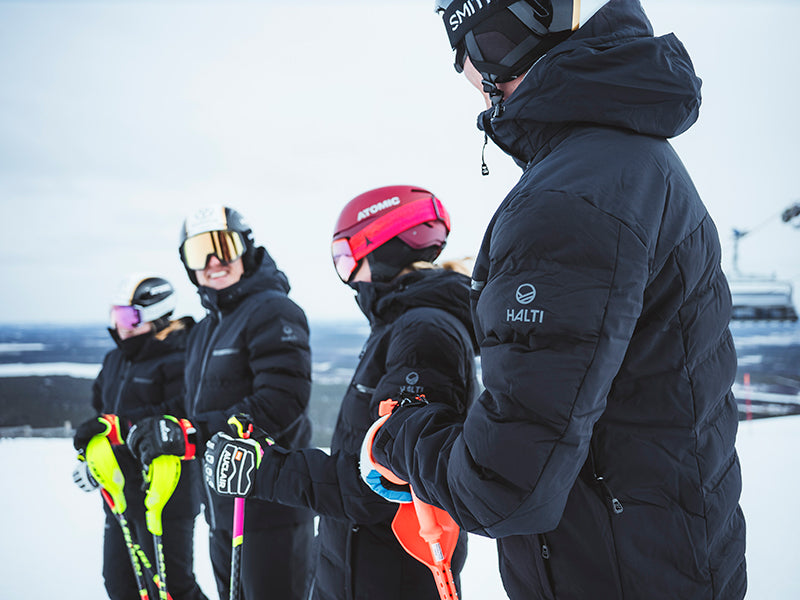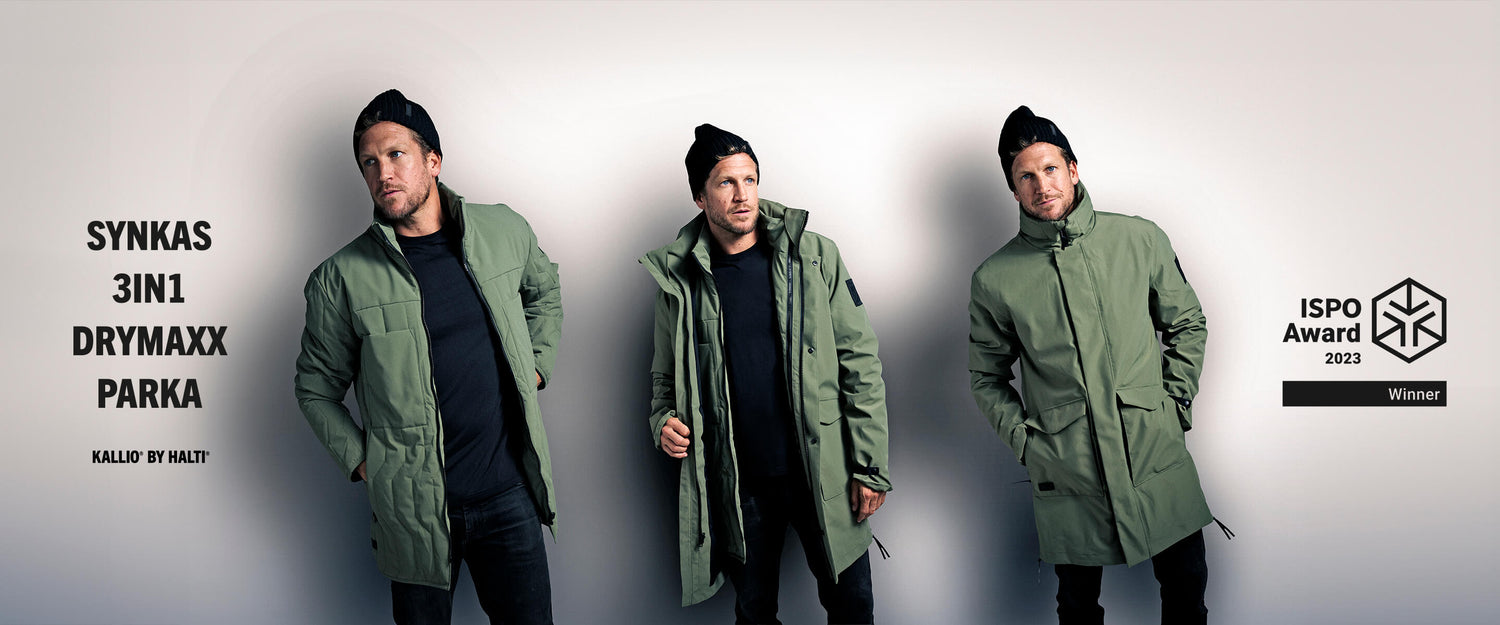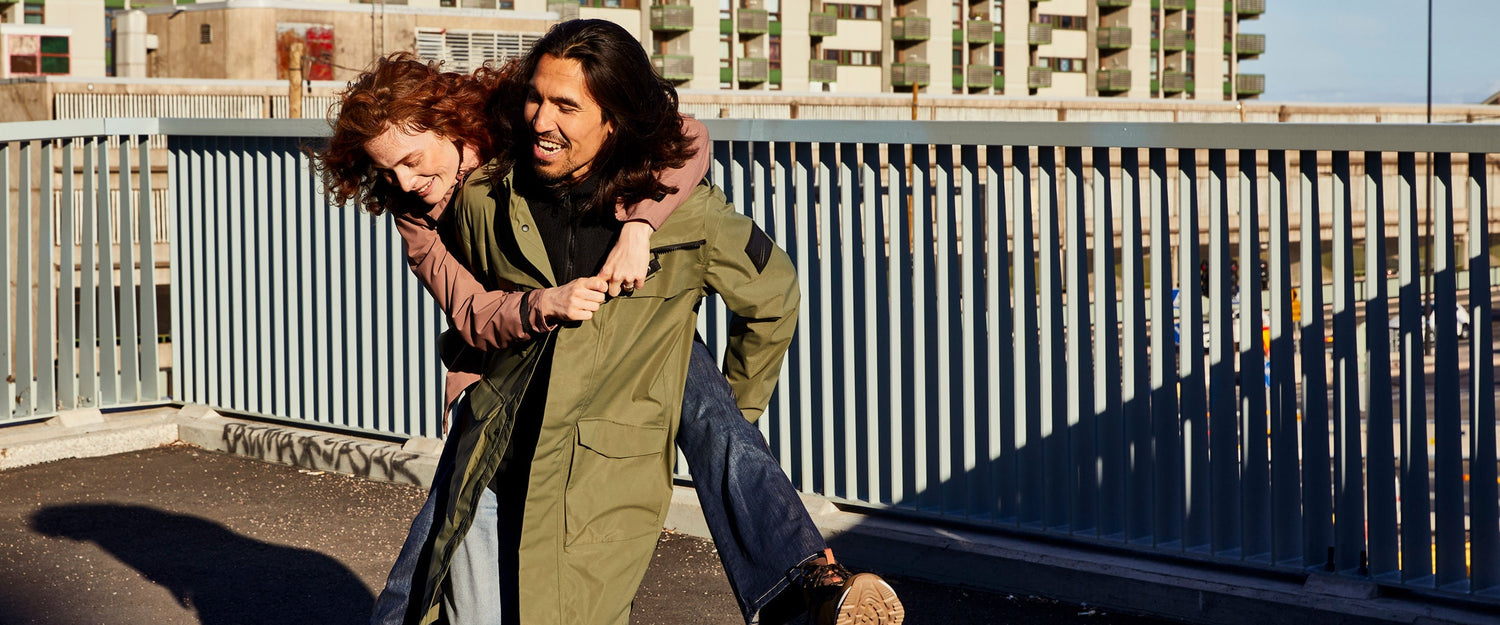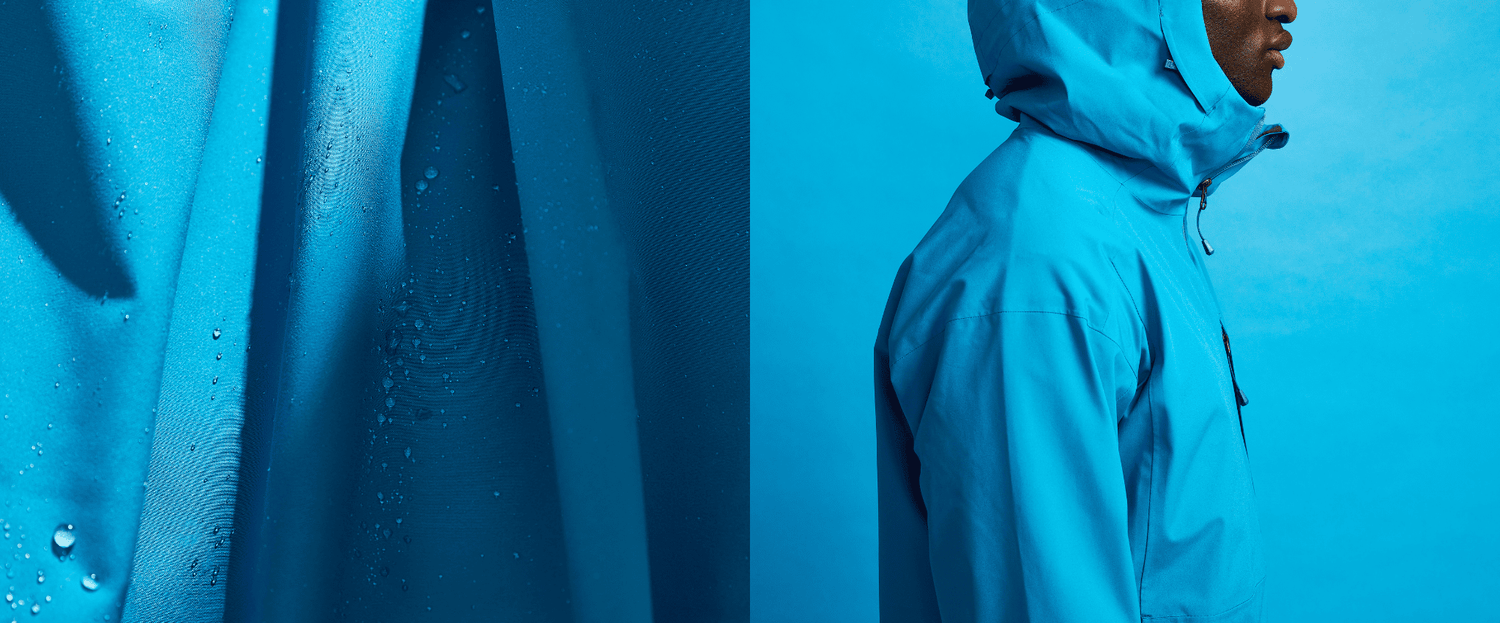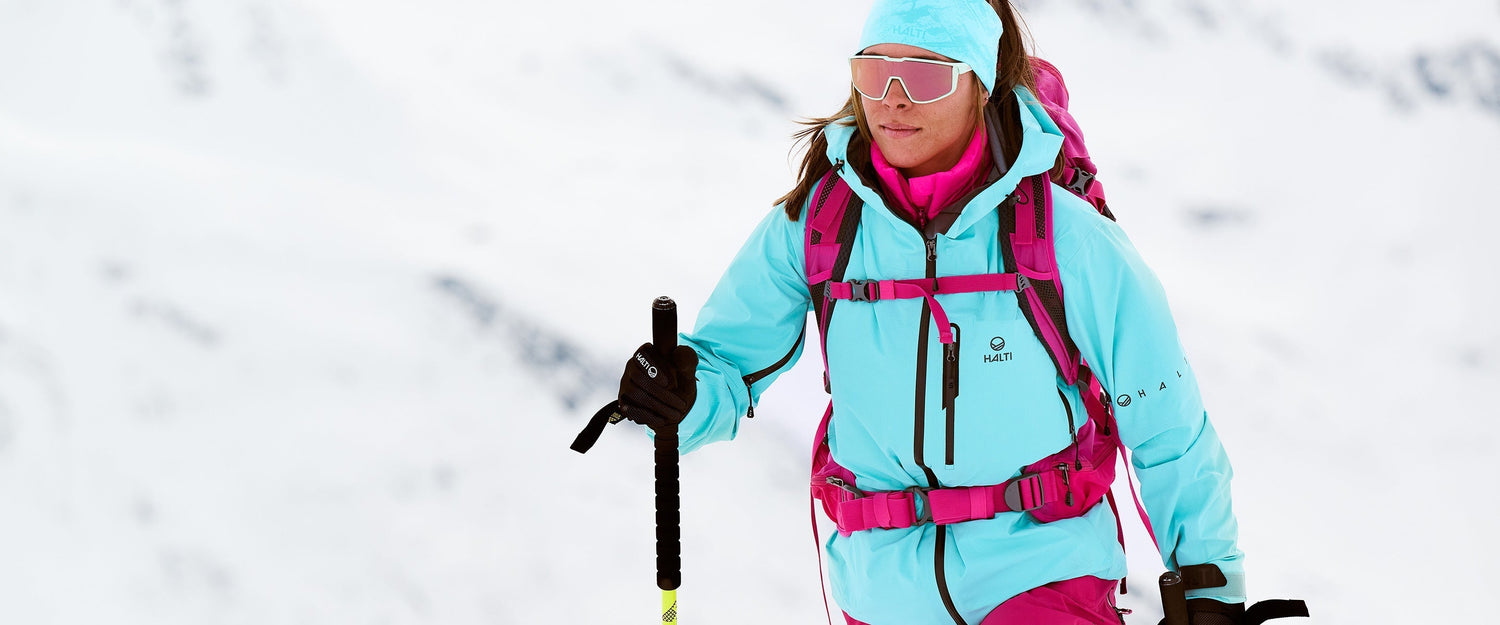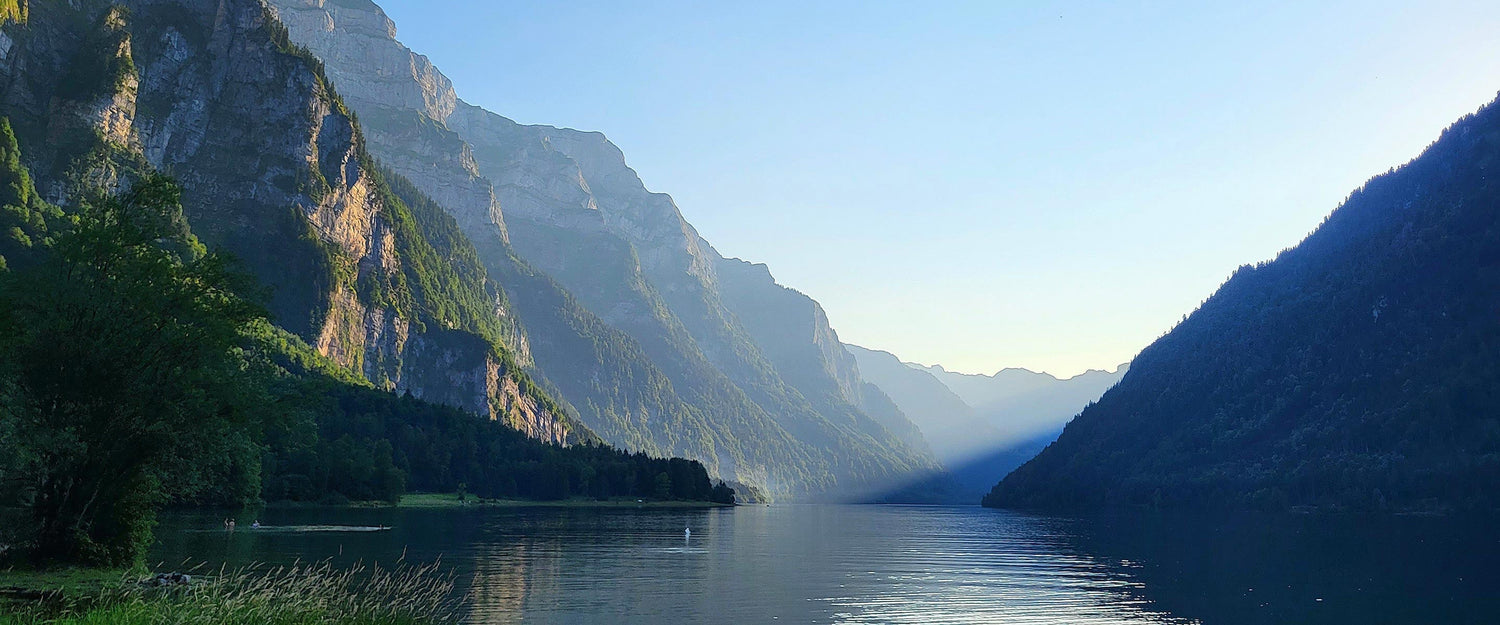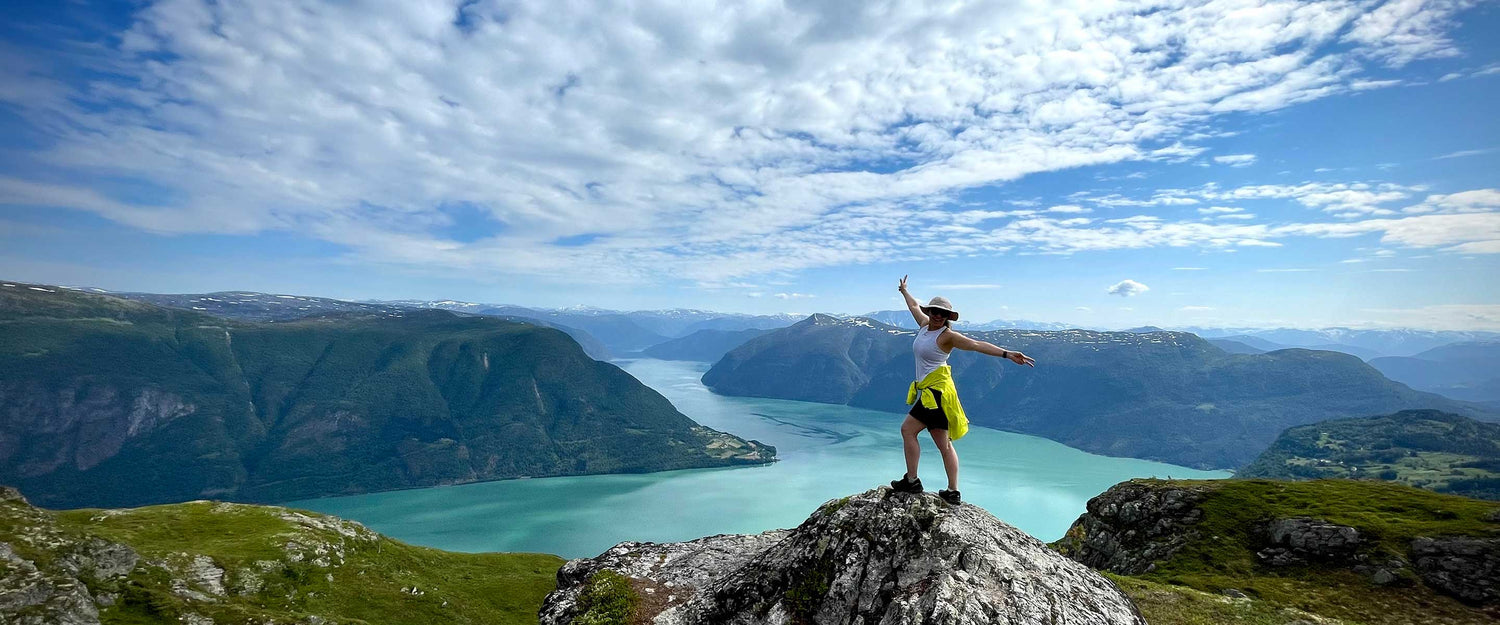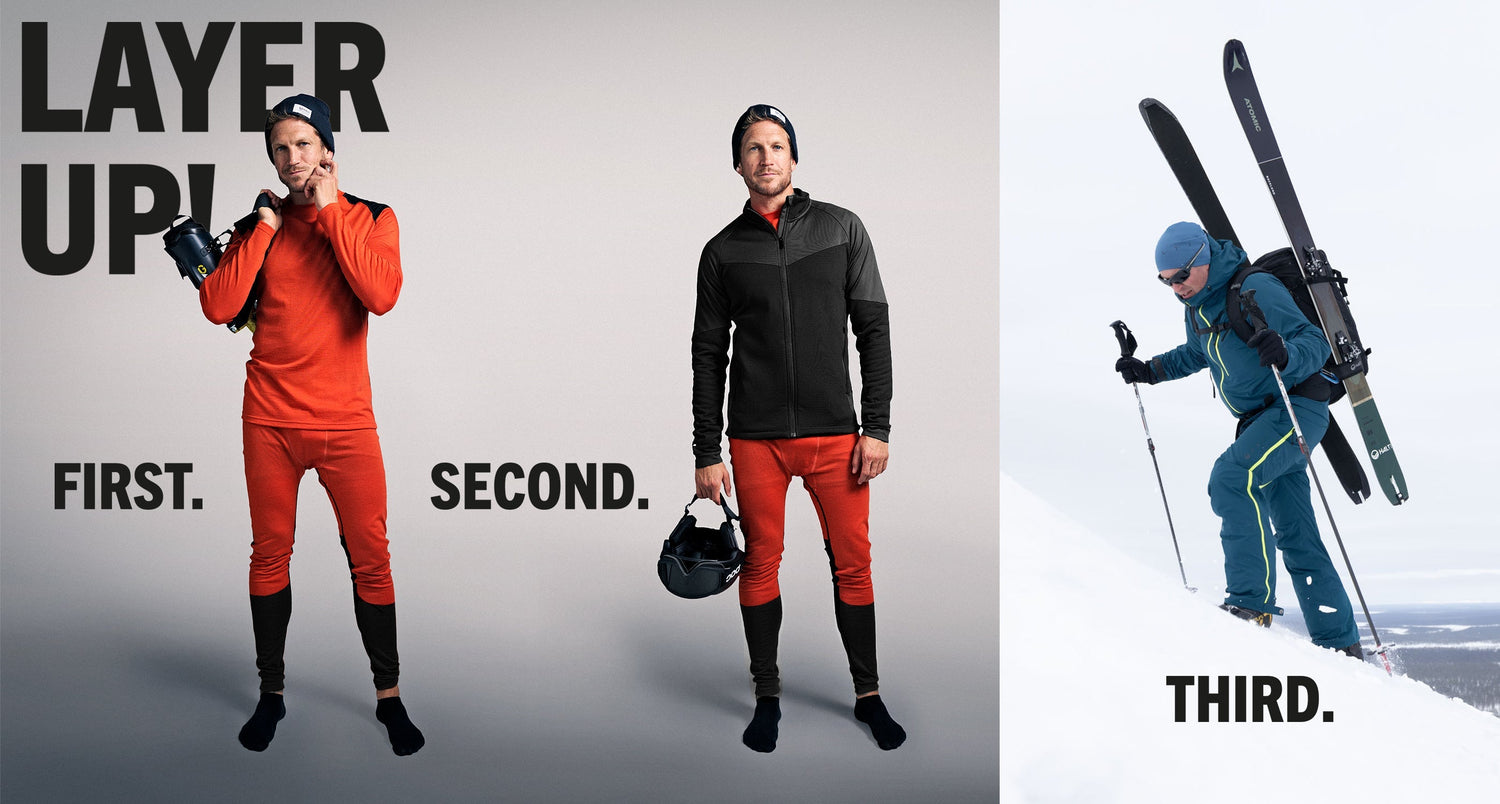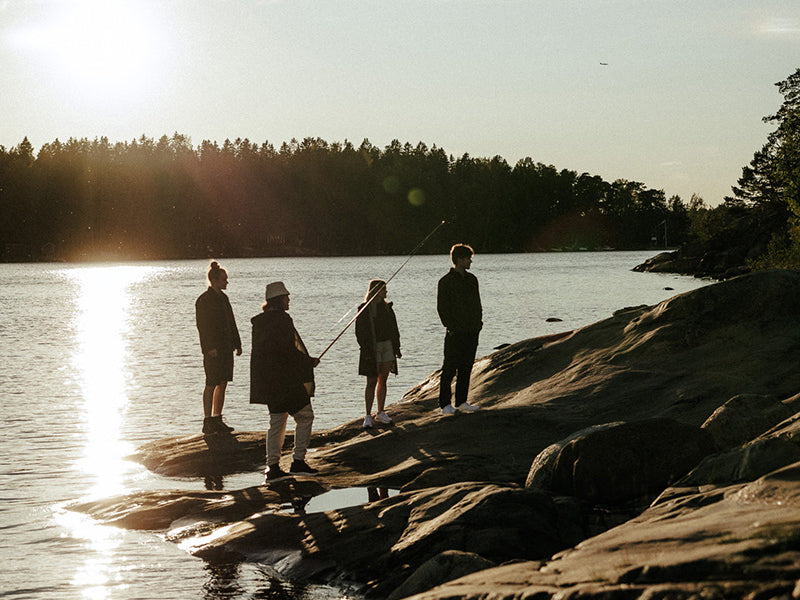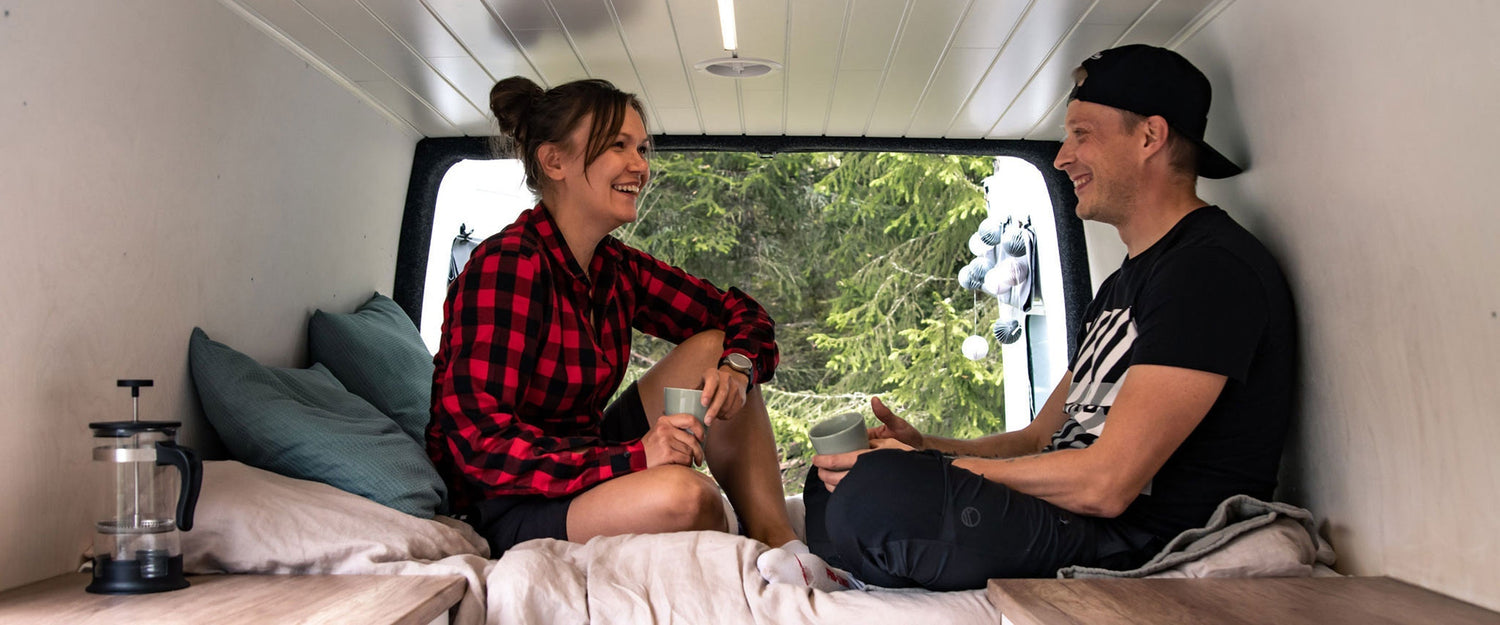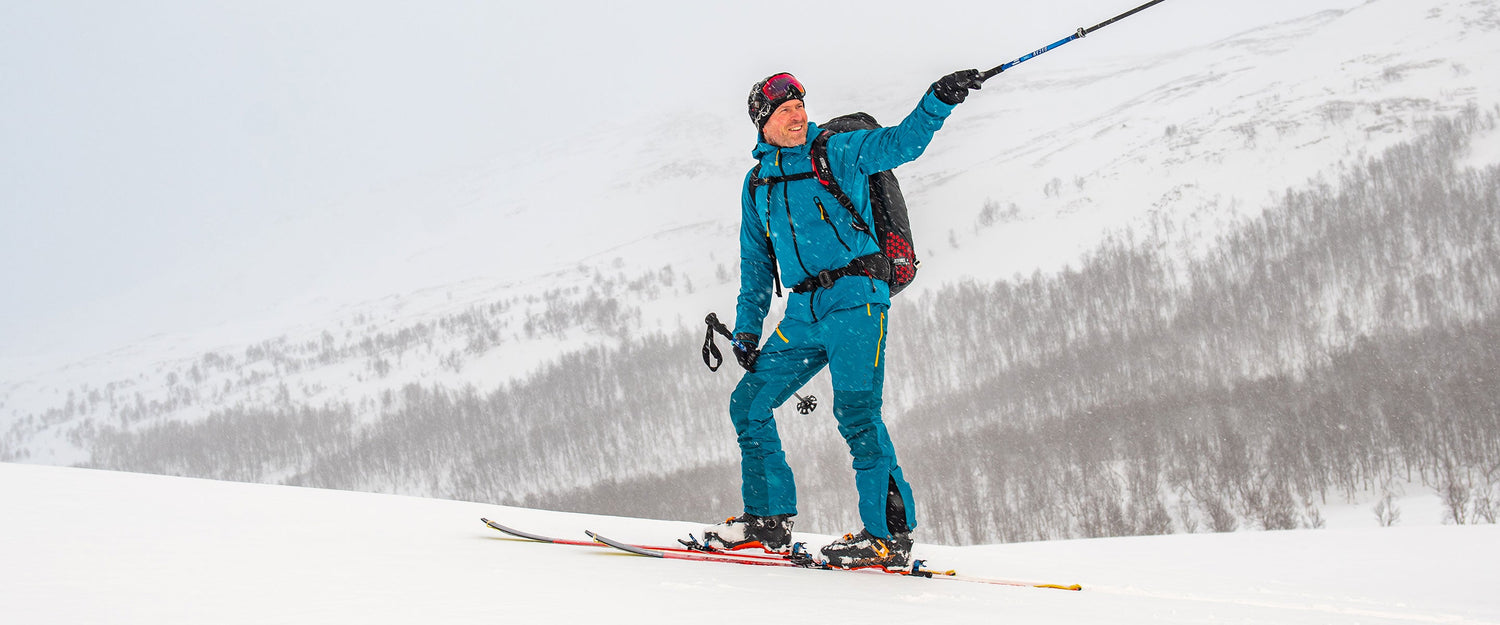Get to know our Footwear collection
Our collection includes a wide range of outdoor shoes to complete your outfit and so you can enjoy the outdoors around the year, in any weather. From warm winter boots to waterproof outdoor shoes, spike shoes, friction sole shoes, or light summer shoes like sandals or sneakers - we got you! Just like our apparel collection, the footwear collection includes shoes for hiking & trekking, and everyday use as well as shoes for snowy or wet conditions.
In this blog, we've gathered FAQs about our footwear collection to help you with any questions you have about our shoes.
There are of course, differences between the lasts, but we do not use the extra wide last at Halti. Halti's basic last is spacious at the instep, and all the lasts we use are round and wide at the tip, so that there is room for the toes.

